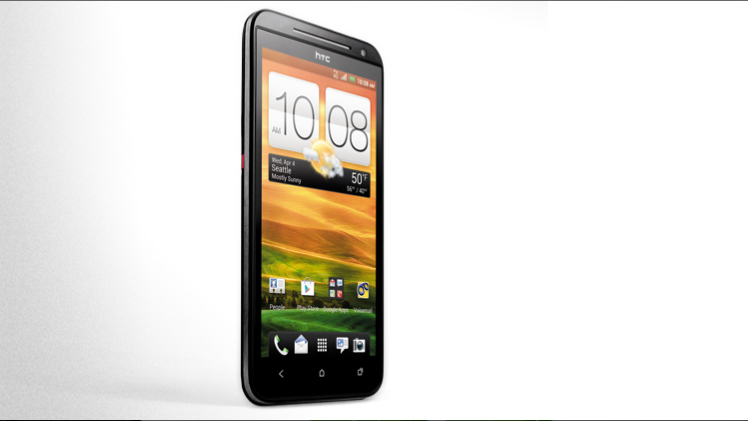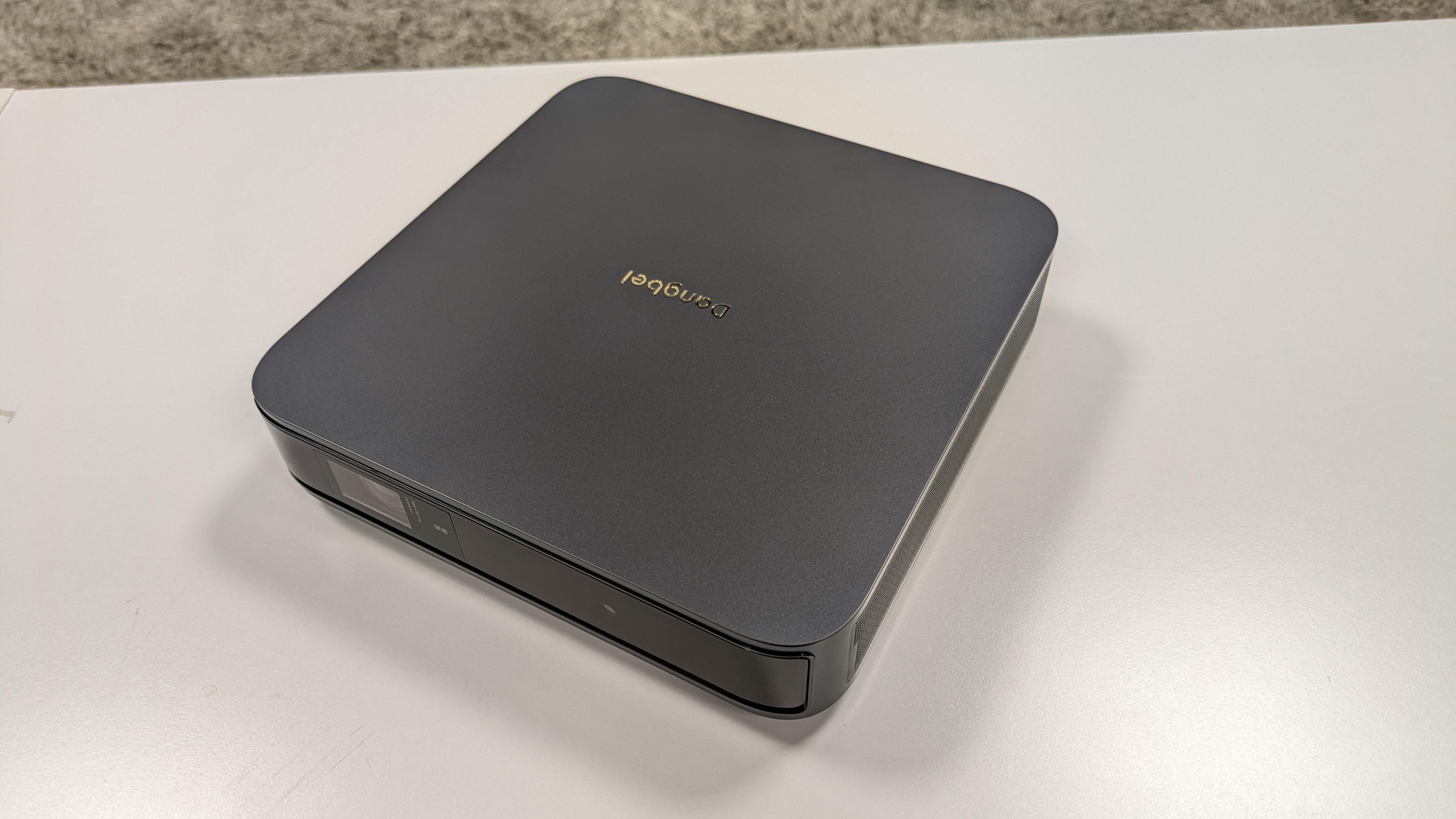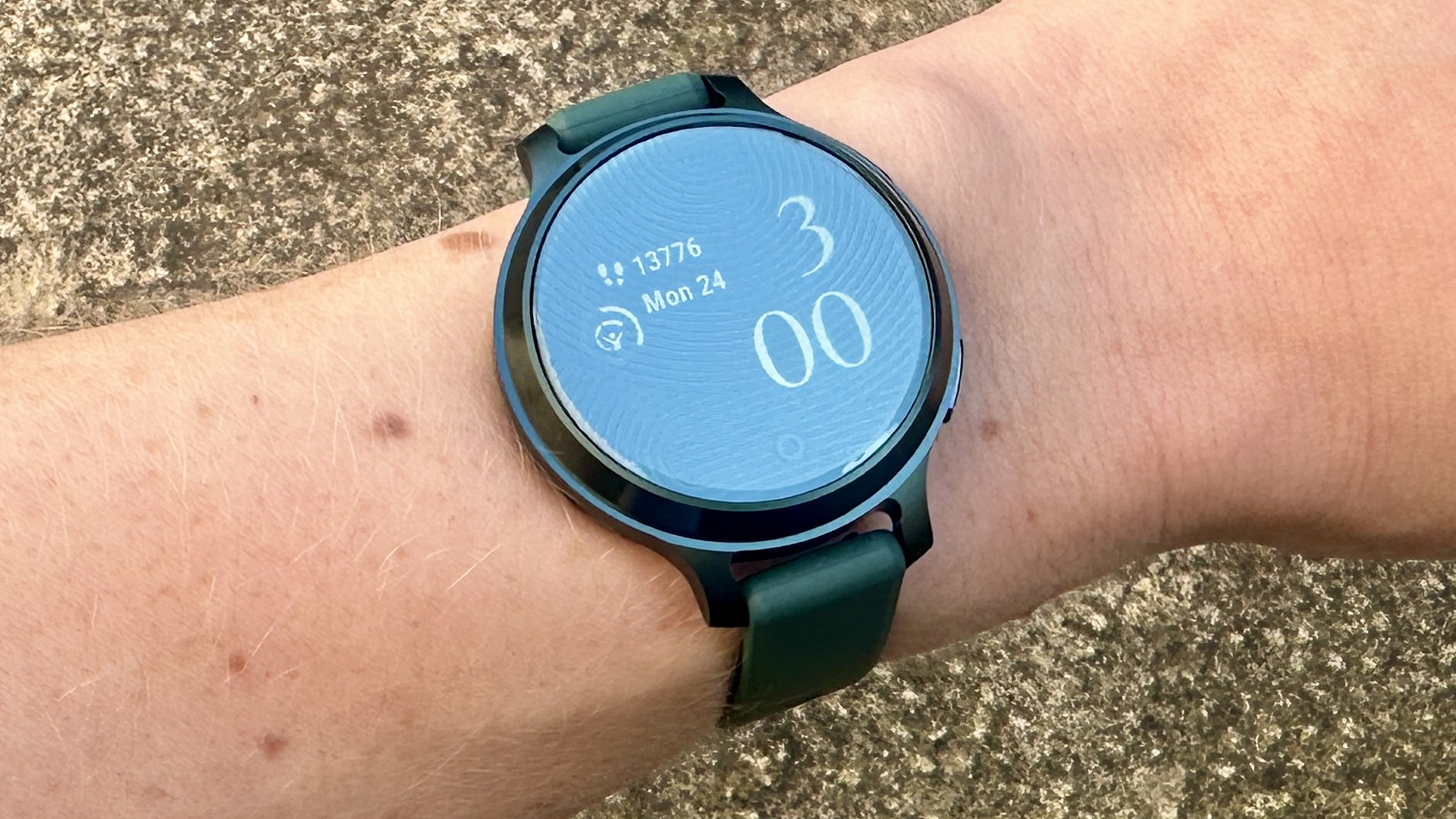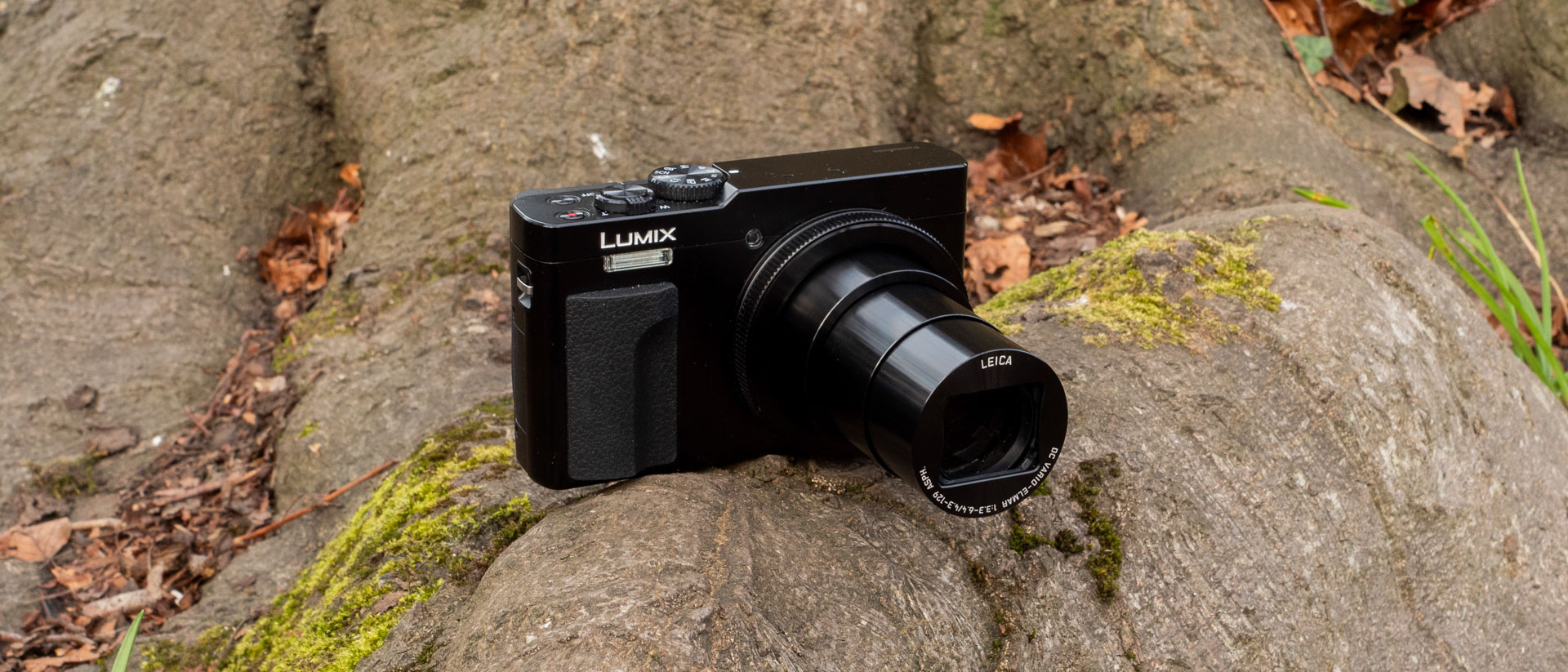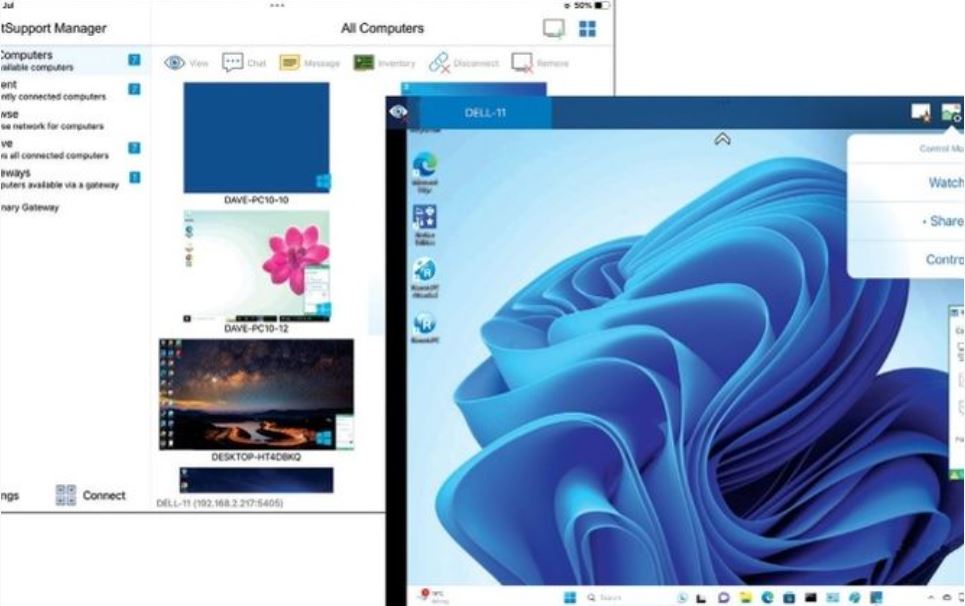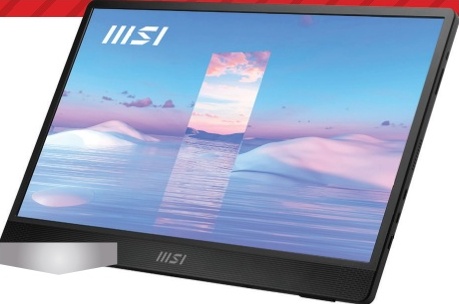Why you can trust TechRadar
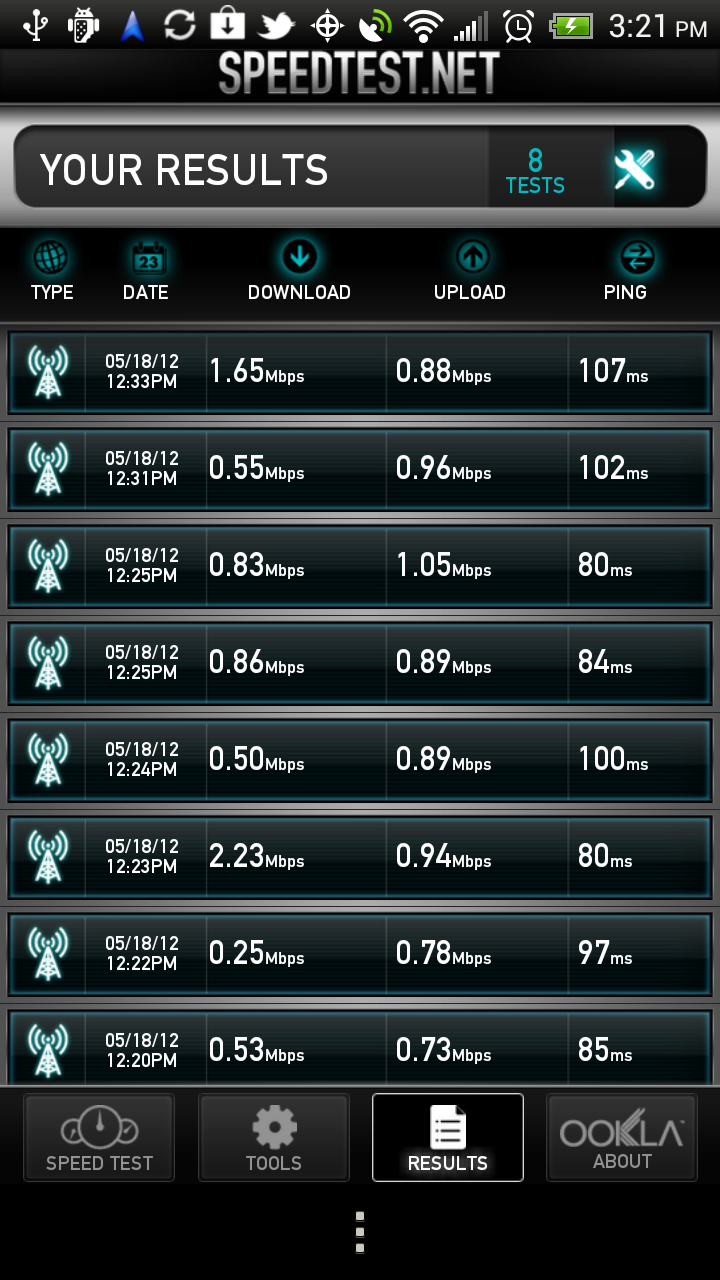
If specs are the HTC Evo 4G LTE's strength, then Internet is its Achilles' heel. It's not any worse than any other 3G-only phone on Sprint, but that's just it - it says 4G LTE right in the name! Why is it neither WiMAX-capable, nor connect to any LTE?
Well, unfortunately, because these features are just one of many future-proofing promises the HTC Evo 4G LTE is based upon.
As we mentioned in our Best Carrier in the US article, Sprint's LTE is due to begin a very slow roll out in mid 2012 (so, soon).
That very selective LTE roll-out will certainly change browsing speeds on the HTC Evo 4G LTE (and, inevitably, the battery), but until then, it's best to gauge the HTC Evo 4G LTE as what it is: a 3G phone.
This one limitation may irk some people, but we were a little relieved to have a phone that could last an entire day.
Of course that surge in battery comes with a pretty steep price - Sprint's mind-numbingly slow 3G network. Our download speeds rested around 2.25Mbps or worse, while our upload speeds rarely surpassed 1Mbps.
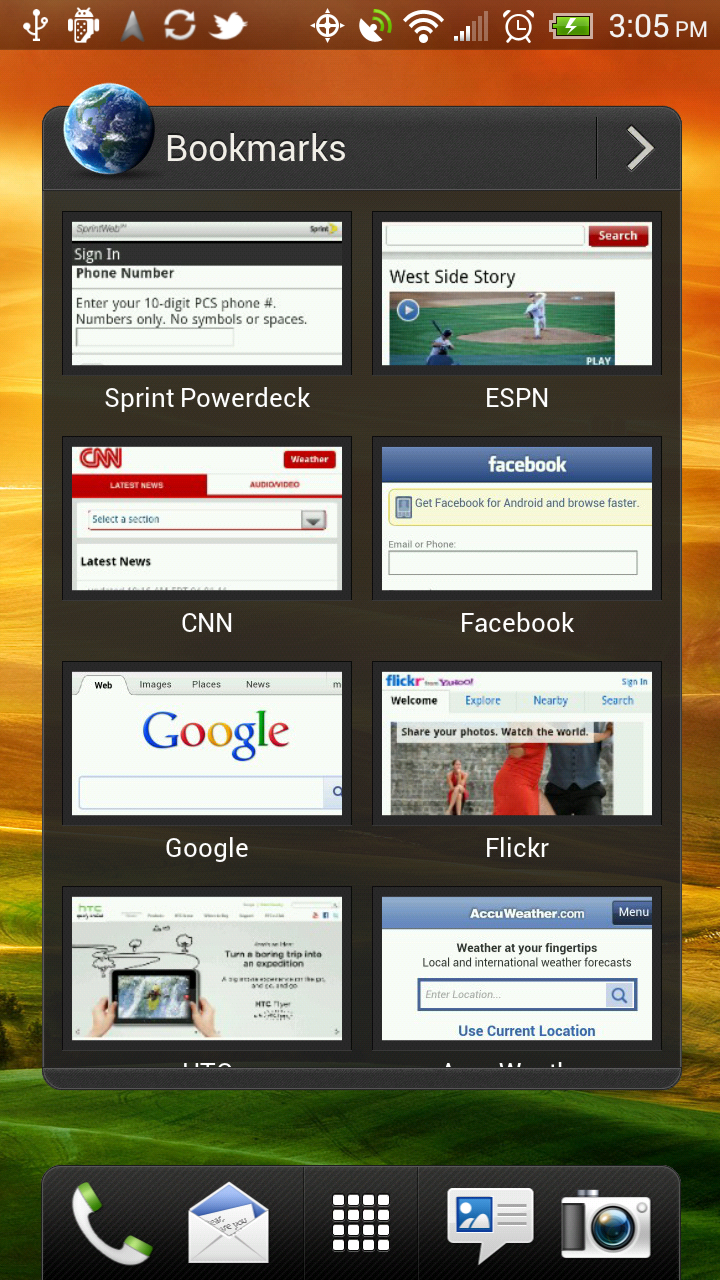
A bookmarks tab and Google search widget make it easy to find what you're looking for on the internet. And then, of course, the HTC Evo 4G LTE's native browser has all the bells and whistles of the HTC One X, including a wonderful text reflow.
That text reflow feature makes it frequently just as appealing to view classic sites as their mobile counterparts.
Simply double-tapping on a column of text will fit it to your screen, and if you want, you can pinch in to zoom even closer to the text and it will reformat itself to fit inside your new column.
You can set the phone to automatically bypass the mobile site in favor of a desktop mode in the Settings (it's called "Desktop mode").
Nic is a former Online Editor at TechRadar in San Francisco. He started as a games journalist before becoming an editor at Mac|Life magazine. He holds a degree in English Literature and English Writing from Whitworth University.
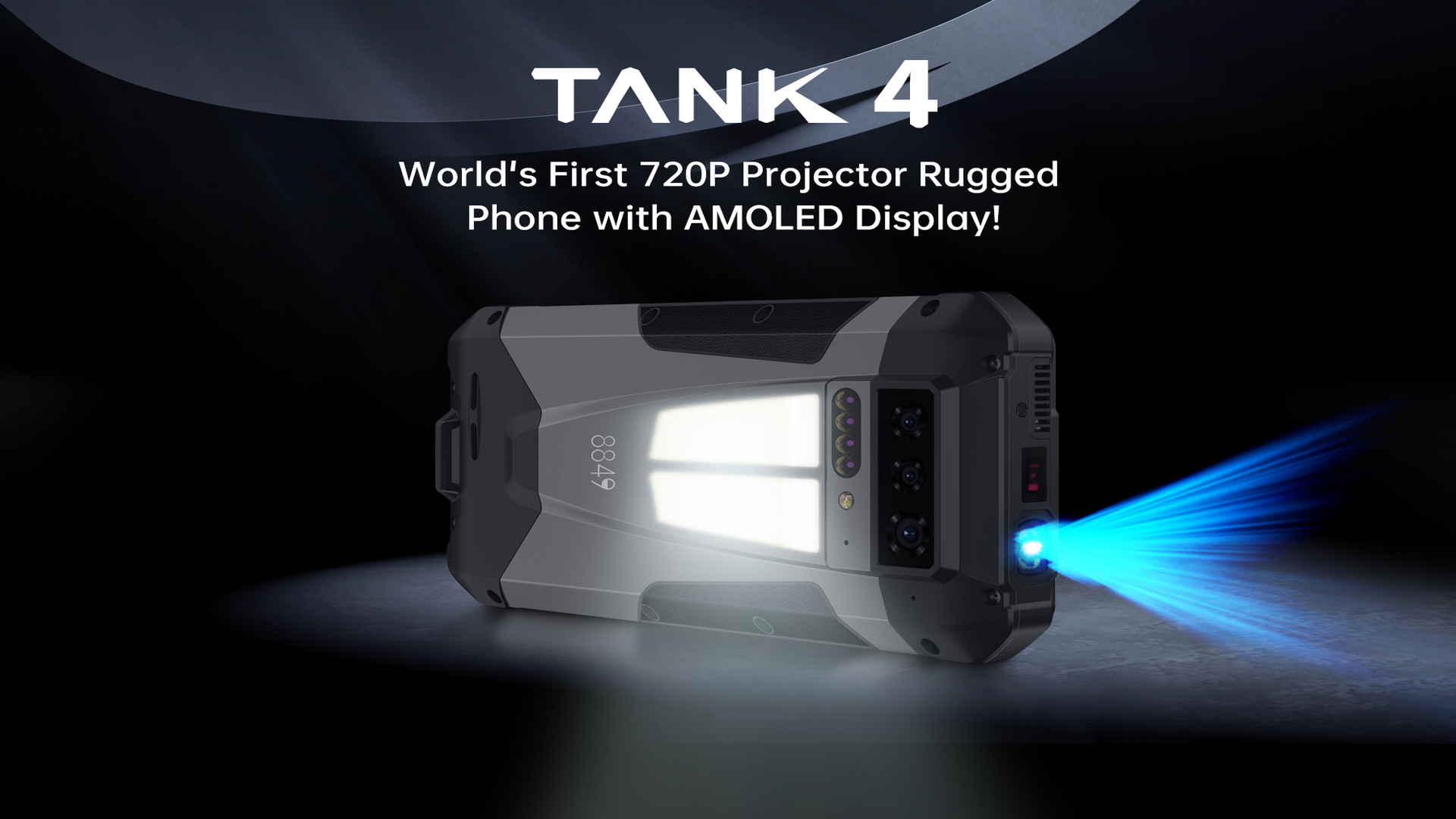
This smartphone puts a 100 lumens HD DLP projector in your pocket, a powerful camping light and even a low-light camera for nocturnal excursions
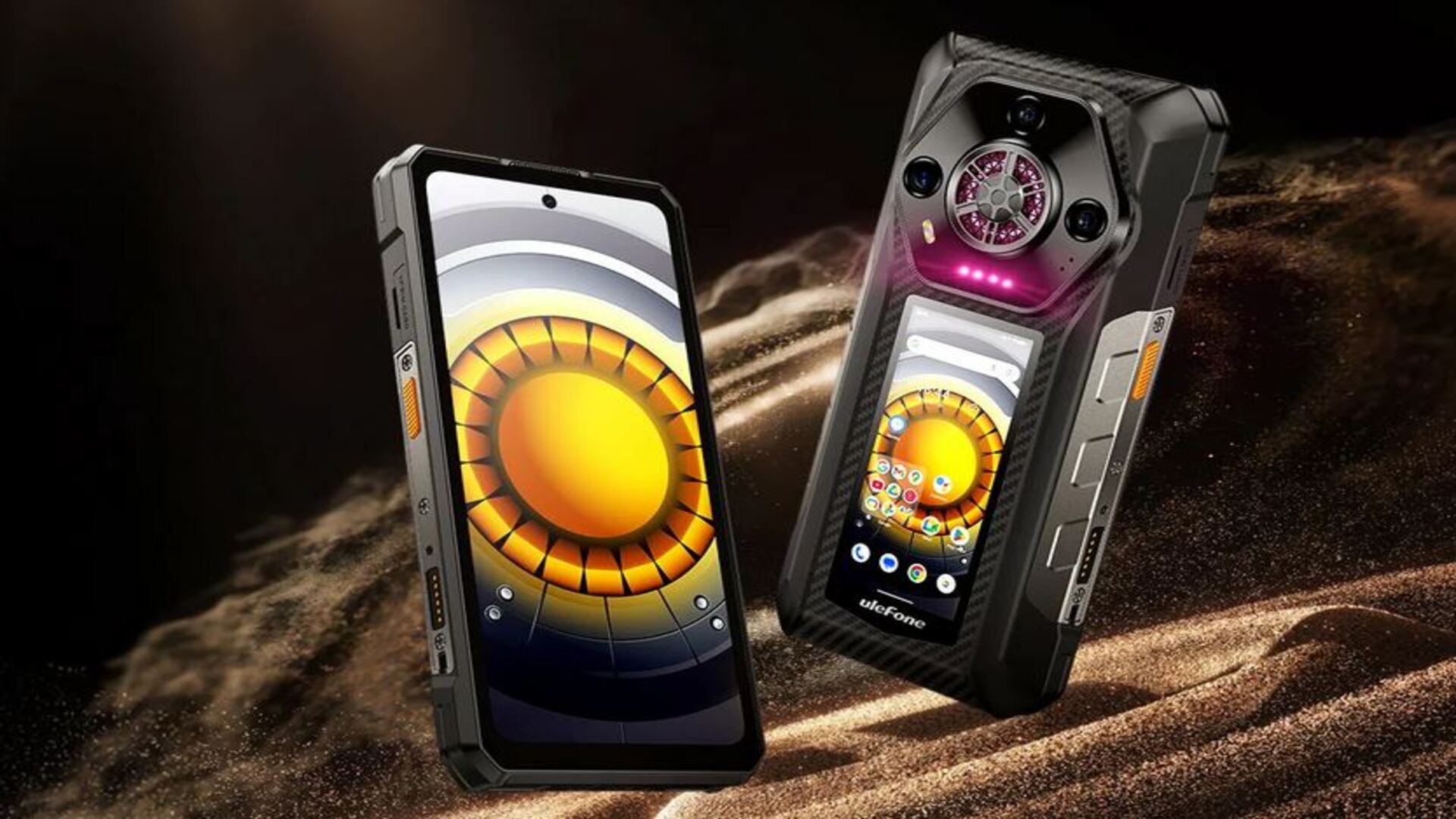
I can't believe I had to wait so long to see the first true dual-screen smartphone, and it even has a waterproof loudspeaker
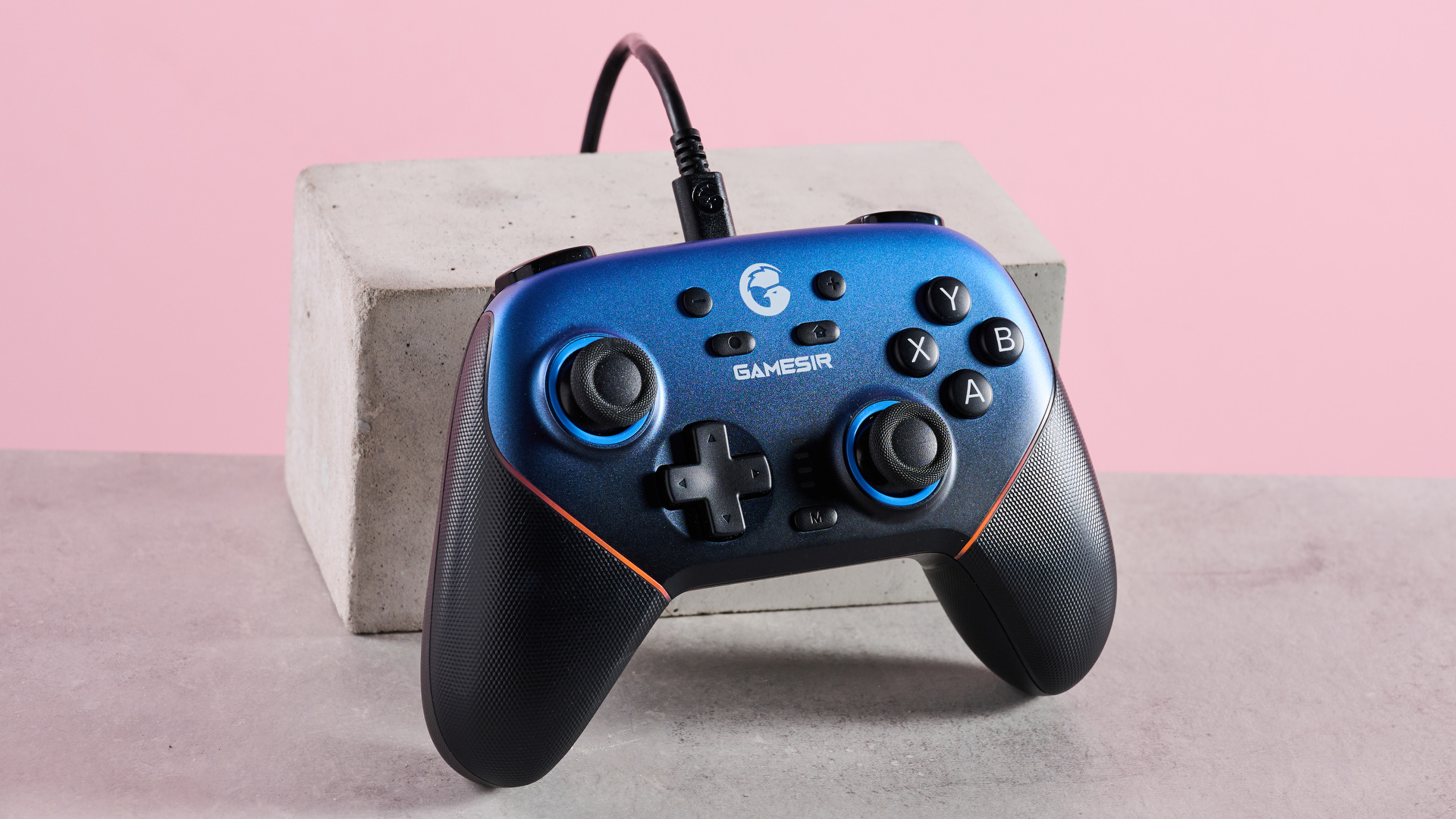
I can't quite believe how many customization options there are for the GameSir Super Nova, but it’s not without a few faults
